 1938: The 'wind that shook the world' kills 700 here
1938: The 'wind that shook the world' kills 700 here70 years ago: The 1938 surprise hurricane.
New England's worst and America's 5th worst
By Walter Brooks
On this day 70 years ago, I was looking out the front window of my parent's home on Route 6 in Woodbury, Conn., as one by one the eight giant elm trees in front of our yard were blown over like twigs by the worst hurricane New England ever experienced. nd my home was 22 miles from the nearest salt water in Long Island Sound.
New England has had 24 hurricanes and 14 tropical storms since 1900, but this one was the worst.
Except for a junior forecaster in the U.S. Weather Bureau who predicted the storm but was overruled by the chief forecaster, the Weather Bureau experts and the general public never saw it coming.
Later that day, the greatest weather disaster ever to hit Long Island and New England struck in the form of a category 3 hurricane. Long Island, New York and New England were changed forever by the "Long Island Express."
Case studies have shown that the next time a storm like the Long Island Express roars through, it might be the greatest disaster in U.S. history.
Nobody saw it coming, and Hitler blew it off the front page
Cape Cod almost "got it" in the 1938 Hurricane
The hurricane of 1938 has been called, "the wind that shook the world". In 1938 the U.S. Weather Bureau wasn't what it is today . Meteorologists depended on the merchant ships and aircraft to forecast the weather. At 2:15 on Wednesday, September 21 1938 a Long Island fisherman saw what he thought was a huge fog bank, then, he realized it wasn't fog. It was a churning wall of water 50 feet high bearing down on the New England coast and thirteen million unsuspecting people, with 200 miles per hour winds. The eye of the hurricane came at 60 mph, the velocity of a tornado. It hit the Connecticut shore a little after 3p.m. and flooded downtown Providence and New Bedford.
Future Oracle reporter on the job
Barns sixty miles inland were white with salt spray the next morning. 700 died and 100,000 were homeless in an era when the population was a quarter of what it is today. Communications and roads to Cape Cod were cut off, but an enterprising young Orleans native and reporter, Mary Smith, at the Providence Journal contacted the French Cable Co. in Brest, France to find out what the conditions were in her hometown. A few years later she and her husband Ed started The Oracle newspaper.
The great New England hurricane of 1938 struck at high tide, which coincided with the highest astronomical tide of the year, pushing a storm surge of 12 to 15 feet across the south coast and up the many bays and inlets including Narragansett and Buzzards Bays. Winds of over 120 mph blew across the coastal regions. The Blue Hill observatory, in Milton MA, recorded a sustained 5-minute wind of 121 mph and a peak gust to 186 mph.
Parts of interior Connecticut and Massachusetts not only bore the brunt of high winds, but also experienced severe river flooding as rain from the hurricane combined with heavy rains earlier that week to produce rainfall totals of up to 17 inches. This resulted in some of the worst river flooding ever experienced in parts of Connecticut and Massachusetts.
This powerful storm caused 564 deaths and over 1,700 injuries. Nearly 9,000 homes and businesses were destroyed with over 15,000 damaged. The boating community was equally devastated with 2,600 boats destroyed and 3,300 damaged.
WHOI as the wave hit Cape Cod, and houses floated through the Cape Cod Canal.
Those who survived the hurricane have extraordinary stories to tell. Everett S. Allen titles one such book of vignettes "A Wind To Shake The World, The Story of the 1938 Hurricane".
The author, a Vineyarder who began his first newspaper job as waterfront reporter at the New Bedford Standard-Times on the day the hurricane hit, captures the essence of shock and despair and at times, humor and irony in the many stories from the three New England states that suffered this freak of nature. The book is available at your public library or be sure to check the Internet used-book sites for this gem of a book. In the preface he writes:
"For two years, I have forced myself -- and countless others -- to see again the sick color of sky and sea on that day, to hear the scream of the wind, which was everywhere.
"To confront anew the shocking, instant obliteration of what had always been assumed permanent and mile upon mile of man's work reduced to rubble.
"And I have forced myself and others to see man himself, face down and weaving like weed in the roiling shallows or open-mouthed and still, half-buried in the damp sand. I have made people weep by asking them to remember what for many of them remains their most terrible day."
"The Long Island Express" kills 700
September 10th, 1938 is the first day the weather disturbance was tracked as a tropical storm. The winds began to intensify to hurricane level on September 15th and within four more days, grew to a category 5 - the highest and most intense and deadly level.
One wonders if we should be thankful that on the day of landfall the storm was at category 4, and as it hit land was reducing to category 3? The death of this storm occurred on the 22nd of September after leaving in its wake close to 700 deaths from the tri-state area and beyond.
Diana Rosenberg, a well-known astrologer from New York, said that her family summer home on Long Island was destroyed and some of their documents were blown hundreds of miles north to the state of New Hampshire.
Then Germany invaded Czechoslovakia
Please note that many of our worst storms have companion events in the day-to-day world. On Sept. 21, 1938, Adolph Hitler gained his first foothold in the Sudentenland.
In addition to the extreme loss of life, the abundant stately elm trees and white church spires, the pillars of many New England communities fell and while the steeples could be replaced, the trees never returned to their original splendor.
A disease - the Dutch Elm disease - killed off the remaining elms.
The 1938 hurricane is the most intense tropical cyclone to strike the United States Atlantic coastline north of North Carolina. Along the Atlantic coast of the United States (north of Florida) - only Hurricanes Hugo (1989) and Hazel (1954) - were more intense at landfall. Every record for wind speed, tidal surge, and barometric pressure in New York, Connecticut, and Rhode Island - can be traced to this single event.
Overall, a six-state area experienced economic difficulties for many years due to the record flooding and many mill towns in New England were inundated.
When the "big one" hit Cape Cod
Paul Gately in the Bourne Courier did a bang-up report on the storm this week:

A sailboat was tossed to the shoreline north of Chester Park in the hurricane of '38. Bourne Historical Commission.
The catastrophic Hurricane of 1938 hit Bourne on the afternoon of Sept. 21, killing seven townspeople. Selectmen in their report said the storm “tore through an unprepared community; the angry sea irritated by ceaseless winds, arose like one huge wave and approached helpless nearby villages.”
Buzzards Bay shopkeepers were forced to evacuate their businesses due to rising water, and townspeople boarded themselves up in their homes... Bourne Courier.
WEATHER NOTELife and death after Ike
The mixed political response to Hurricane Ike has reinforced the idea that Texans can't rely on the government for help
As with every storm, Hurricane Ike will be either a boom or bust for politicians. Some will reaffirm the trust that voters placed in them. Others will embarrass their constituents on a national stage. Some politicians shine in the spotlight. Others just crash and burn. Bill White, the mayor Houston, Texas, and Ed Emmit, a Harris County judge, have shone, going so far as to camp out and become dispatchers when relief supplies bottlenecked, leaving people waiting in line for hours for ice that was sitting in a parking lot at a sports arena.
To their south however, Lyda Ann Thomas, the mayor of Galveston, appears to be going through an emotional meltdown. On Tuesday, Thomas announced that Galveston residents would be allowed back on Galveston Island briefly. Predictably to everyone but Thomas and her city manager, thousands rushed back to the island, clogging the major highway with a 10-mile long traffic jam and burning already scarce gasoline. Thomas quickly reversed her decision, leaving thousands of her constituents parked on the highway waiting to enter, justifiably irate.
The next day she was reduced to tears during a meeting of the remnants of the Galveston city council when a council member accused Thomas of showing favouritism by allowing a selected few to return to the island and providing essential services such as tetanus shots to city employees while denying them to residents that remained on the island.
There are some things that have changed about hurricanes in recent years. Hurricane Katrina hangs over the head of every coastal area politician. Nobody wants to be the next Ray Nagin (the mayor of New Orleans), Kathleen Blanco (the former governor of Louisiana) or George Bush. Even Bush doesn't want to be Bush. He took to the airwaves last Saturday morning to send a message that he was aware that a hurricane had struck the fourth largest city in the country.
For his efforts, the Federal Emergency Management Agency (Fema) remains the whipping boy for everything that goes wrong in the aftermath of the storm. "Blame Fema" is the new post-hurricane mantra. I didn't even know Fema existed as a child. Prior to Katrina, most Americans likely didn't know what Fema did, and apparently some local officials still don't know.
Despite news reports to the contrary, most Texans aren't relying on Fema. They are relying instead on what we have always relied on in hurricane country: the FFEMA, the Family and Friends Emergency Management Agency.
Our family disaster response swung into action when I got the call from my mother at 7:00am a week ago. Jefferson County officials had ordered a mandatory evacuation of my hometown in southeast Texas. My parents and extended family hadn't bothered to unpack from their evacuation for Hurricane Gustav a little over a week earlier. My mother wanted to head west toward me, but ended up heading north.
After that initial call, as is typical, the cell phone circuits were jammed and calls could not go through. Text messages became the only reliable means of communication. My parents didn't know how to text message, however. My sister on the east coast sent me a text the following morning that, after travelling overnight, my parents and assorted extended relatives had finally reached Arlington, Texas, where they were near family.
My two sisters who live in Houston messaged that they had decided to ride the storm out. My sister in the suburbs north of Houston lost an oak tree, but they survived Ike with no major structural damage. After a day and a half without electricity however, the novelty of playing board games in the dark got old, and they messaged that they were coming to stay with me in Austin.
Like my family, most people aren't waiting around for the federal or state government. They are clearing their streets, creating their own rudimentary power grids by draping extension cords across streets and driveways to share electricity with neighbours. Family members in unaffected areas are driving into town with coolers full of ices and five-gallon gasoline canisters strapped to roofs of cars and SUVs. It was a bit disconcerting driving on I-35 watching an SUV with six full five-gallon gas canisters strapped on top. Is that safe?
People are doing what they have always done after major storms, they are adapting to the situation. Which is why I taught my 60-something-year-old mother how to text message on Sunday when I drove to check on them at their hotel in north Texas. Cell phone companies can provide GPS, internet service and picture mail, but they haven't quite figured out how to cope with all of the families and friends who clamour for contact with each other in times of disaster.
Mama figured it out in about three minutes. In her exuberance in sending and receiving messages I had to caution her that text messaging is not part of her cellular plan. Her newly discovered modern day Morse code was probably costing her $0.15 a message. She didn't appear to care. Contact with the outside world was more than worth it.
MARITIME NOTEThe New Maritime Arctic
A lecture given by Dr Lawson Brigham
At the Institute of Marine Engineering Science & Technology (IMarEST)
8 September 2008
The Arctic Ocean is about five times the size of the Mediterranean. It has a large continental shelf, possibly the largest in the world, yet is approximately 2 miles deep at the North Pole.
 16 September 2007 marked the minimum extent of polar ice in recorded history. The North West Passage was open for 16 days in 2007. The North East Passage (also known the Northern Sea Route (‘NSR’)) was open but even then needed strengthened, ice-capable ships to navigate the ice that remained.
16 September 2007 marked the minimum extent of polar ice in recorded history. The North West Passage was open for 16 days in 2007. The North East Passage (also known the Northern Sea Route (‘NSR’)) was open but even then needed strengthened, ice-capable ships to navigate the ice that remained.
The last fifty years have seen a steady decrease of ice in all seasons both in extent and also in the thickness. The average depth of the pack ice from the Barents Sea to the Baring Sea is approximately 1.8 metres to 2 metres in mid-winter.
Paradoxically, there is actually more ice this year than there was in 2007 although Dr Brigham was at pains to stress that the overall trend is for less ice, both in extent and in thickness.
He also said that, for reasons that are not yet readily explained, the age of the ice is changing too. The older ice, which has had most of the salt leached out of it and is much harder to break up by ships, is disappearing and being replaced by much younger ice. This leads to an increase in the ability of ships to use the circumpolar waters.
Uses of the Arctic Region
Dr Brigham then went through the five main uses of the Arctic as follows:
Hard minerals
Zinc and coal in Alaska - The largest zinc mine in the world is in Alaska and in the ice-free periods of the year some of the largest ships in the world dock there to load zinc. In eastern Canada, in Baffin Bay, one of the largest warehouses in the world holds iron ore deposits from the very large fields in the hinterland. Again, when the ice clears, some of the largest ships in the world sail there in order to load the iron ore and there is a regular trade route between Eastern Canada and the North West region of Russia (Murmansk and Norilsk).
Nickel and Copper in North West Russia - The largest nickel mine in the world is just near Norilsk.
Marine Tourism
There is an increasing amount of tourist activity in the polar regions. There have been 77 trips by ice-breaking ships to the North Pole itself although tickets are steep at somewhere in the region of US$30,000-$40,000 for each passenger (although there seems to be no shortage of applicants).
There is a certain amount of activity in the North West Passage, too, but this is of the lighter impact variety, mainly eco-tourism.
The more worrying type of activity is the non-ice capable ships that are now beginning to cruise in Greenland waters, these being mainly vessels that can and do normally potter around the Mediterranean and the Caribbean and are simply not capable of withstanding the heavy weather and extreme conditions that can prevail in Arctic waters even in summer.
Fisheries
Especially in the Barents Sea and the Baring Sea – as stocks get over-fished in the other main fisheries of the world there are increasing signs that the large fleets are moving ever northwards.
Oil and gas
This is the big driver, especially in the Chukchi Sea and the Beaufort Sea, and there has also been a massive increase in developments in North West Russia. Dr Brigham said that the relationship between Russia and Norway over the area disputed between those two countries is going to be critical in the coming decades.
Offshore exploration by scientists
Again, although this is relatively minor compared to the oil and gas expansion, there has been a significant increase in the amount of work carried out by scientists in the Polar Region and this is only likely to expand.
Arctic activity
A major problem for the region is that most of those interested in the Arctic are non-Arctic nations.
Although some countries appear not to know how many ships they have in the Arctic at any one time, the general consensus is there are probably about 5,000 ships active in the area each year.
To get some idea of the increase in activity by non-Arctic entities, consider that in 2005 there were 53 cruises in Greenland waters, in 2006 150 and in 2007 there are estimated to be over 200. Almost all of these come from non-Arctic countries and many fly under flags of convenience.
Most traffic in the Russian area is confined to the North West of the country, between and around Norilsk, Dudinka and Murmansk. It is odd but probably not that surprising to note that traffic on the North Sea route (NSR) is down from three hundred and thirty-one thousand trips in 1984 (when Soviet power was at its height) to around about fifty-four thousand now.
In terms of trade consider that from Hamburg to Yokohama can be done in one of the following ways:
- Northern Sea Route — 7,000 miles
- Suez — 11,000 miles
- Panama — 12,500 miles
- Cape of Good Hope — 14,500 miles
The potential for significant cost and time benefits in opening up the NSR is plain. However, the corollary of that is that vessels would be much more expensive, being ice-strengthened and their speed would be generally lower than coventional ships on conventional routes as they have to go more slowly through pack icE.
Risk scenarios
Dr Brigham said that the Arctic Marine Shipping Assessment (AMSA) of which he is one of the Chairs, had engaged in some scenario planning and had come up with the following not entirely unlikely events that might happen:
- a collision between a tanker and a trawler in the Norway/Russia disputed region;
- a fire on an oil rig in the Canada/US region;
- a barge laden with explosives running aground near an indigenous settlement in the Canadian North;
- a giant ore carrier sinking at the North Pole, flying under a flag of convenience and uninsured; and
- a large cruise ship grounding off Greenland carrying 2,000 passengers and 900 crew.
![]() This last one Dr Brigham said he thought particularly realistic and worrying, and he referred to the sinking of the Antarctic cruise ship Explorer on 23 November 2007. That incident had involved no loss of life but it should be remembered that that was a smaller and more weatherly vessel than many of the ships cruising in Greenland waters, that the weather was unusually good at the time of the incident and that they had had great good luck in that a Danish vessel happened to have been nearby.
This last one Dr Brigham said he thought particularly realistic and worrying, and he referred to the sinking of the Antarctic cruise ship Explorer on 23 November 2007. That incident had involved no loss of life but it should be remembered that that was a smaller and more weatherly vessel than many of the ships cruising in Greenland waters, that the weather was unusually good at the time of the incident and that they had had great good luck in that a Danish vessel happened to have been nearby.
![]() He said that the probable scenario with the passengers on such a vessel was that there would be sufficient life boats to get them off but that the 900 or so crew would be left to their fate aboard life rafts of which there might not even be enough. In those waters even without submersion hypothermia begins to set in after about six to eight hours even in high Summer and so one could be looking at potentially a very large casualty rate.
He said that the probable scenario with the passengers on such a vessel was that there would be sufficient life boats to get them off but that the 900 or so crew would be left to their fate aboard life rafts of which there might not even be enough. In those waters even without submersion hypothermia begins to set in after about six to eight hours even in high Summer and so one could be looking at potentially a very large casualty rate.
He also pointed to the fact that in these waters, which are well off the normal beaten track for these sorts of cruise ships, there is no infrastructure, no support, no nearby hospitals, no easily available search and rescue facilities, the nearest salvage being five to six days away. All you needed was to have a fire, such as could break out anywhere on a cruise ship, involving say twenty to fifty people being badly burned and you might find that they would all die and more that the ship might be left stranded there subject to even worse events.
Drivers of activity
Commodities and their prices will drive the future of the Arctic at least in the short term. A USGS survey report was published in July 2008 which gives figures about the amount of oil, natural gas and minerals that are expected to be found in the Arctic as percentages of the world’s known deposits. Some of these really are rather speculative (how can one have a “100% probability” of oil being discovered in a certain place?).
There are also ecological issues and recently the power of ethnic groups and ecologically interested parties to stop and slow down the exploration/exploitation of the Arctic has been seen in Alaska where exploration has been brought to a halt by a series of law suits. A choke-point in the Baring Straits in particular could be susceptible to direct action in certain circumstances.
Another issue is that of pollution and emissions. There is some evidence, apparently, that normal emissions by ships have a much more deleterious effect in the Arctic, i.e. the very fact of operating in that particular climate makes the effect of the pollution much worse than it would do at, say, the Equator.
There are also legal wrangles over the rival claims to Exclusive Economic Zones. UNCLOS Article 76 provides that 200 miles from each country into the sea is effectively a private zone for that country. However, the US did not sign UNCLOS and the later Ilulissat Declaration – which was agreed by Canada, Denmark/Greenland, Norway, Russia and the USA – held that there was “no need for any further specific Arctic Treaty”. This, said Dr Brigham, struck him as odd and not altogether desirable.
 Another factor is the new ship technology and in particular a new breed of Finnish built ships which operate without rudders but with propulsion systems at each end, the idea being that they proceed ahead in open water but stern ahead in ice. One such vessel is already being run by the Russians in their Arctic waters and is both very fast and very efficient.
Another factor is the new ship technology and in particular a new breed of Finnish built ships which operate without rudders but with propulsion systems at each end, the idea being that they proceed ahead in open water but stern ahead in ice. One such vessel is already being run by the Russians in their Arctic waters and is both very fast and very efficient.











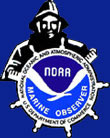





















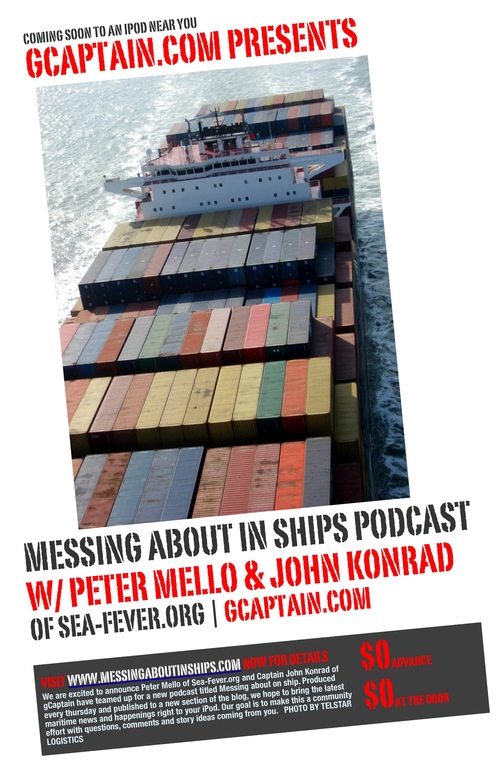

























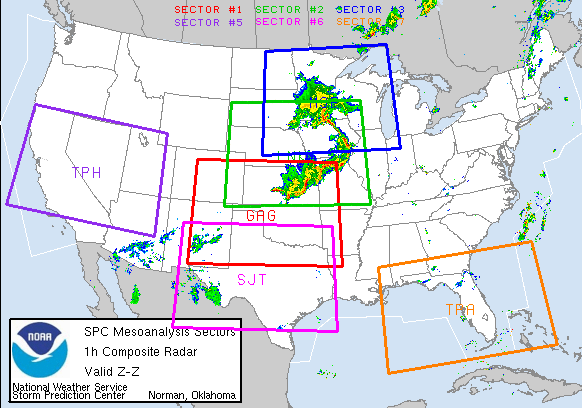














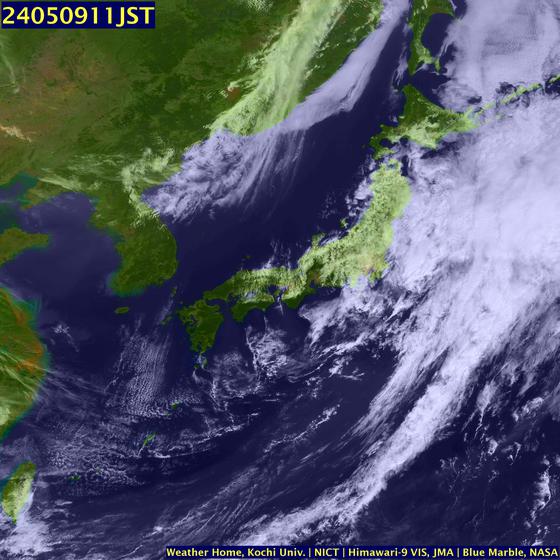

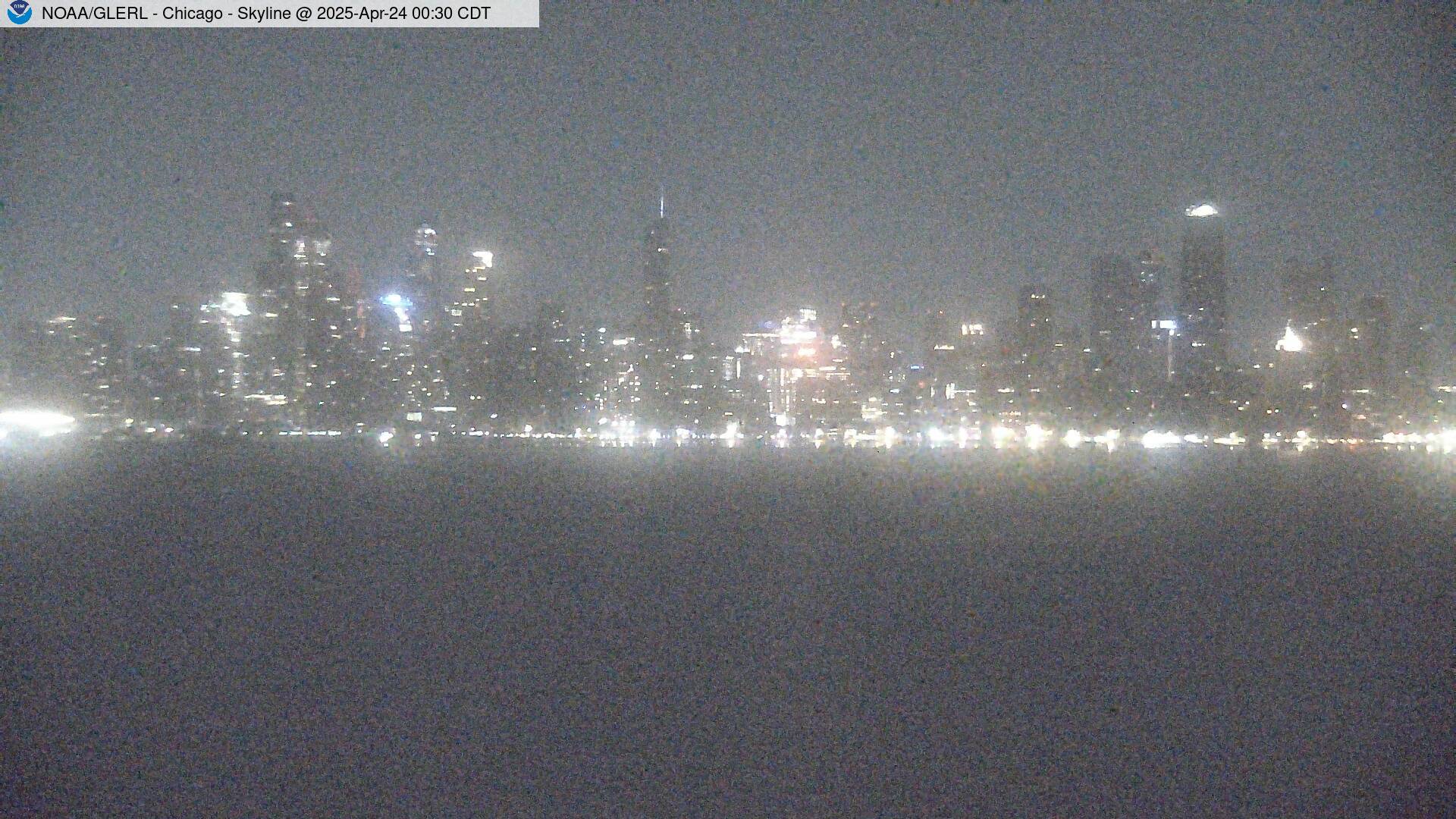






















![Validate my RSS feed [Valid RSS]](valid-rss.png)
No comments:
Post a Comment